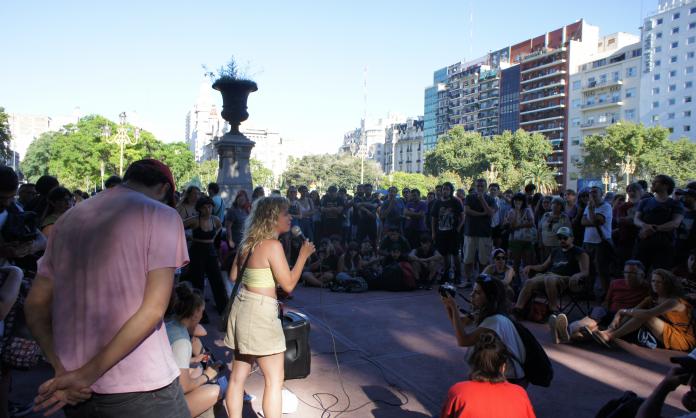As Queensland state school teachers approach a new round of enterprise bargaining, the demand for pay parity with teachers in other states could be contentious with the education department. The state government’s policy is to agree only to wage increases of 2.5 percent a year. Yet Queensland teachers need a pay rise of at least 4.5 percent per annum to approach parity with teachers in other states.
Our campaign occurs in the context of Catholic school teachers seeking parity with teachers in Catholic schools in other states. Already, they have engaged in a range of industrial action, including a 24-hour stop-work in pursuit of this demand. Victorian state school teachers are also demanding pay parity, and have included a 7 percent annual wage increase in their log of claims.
Comparative analysis of the wages paid to teachers with four years’ training in NSW, Victoria, SA and WA reveals that over the first 10 years of their working life, Queensland teachers are paid, on average, 4.8 percent less than those interstate. When Queensland teachers are compared to WA, the discrepancy rises to 12.1 percent.
The Australian Education Union’s national “State of Our Schools Survey” in 2015 revealed that more than 4 out of 10 teachers work more than 50 hours per week. Nearly three-quarters of teachers surveyed said that their workload had increased in the last year.
These figures make clear that our claim for pay parity must be coupled with important demands for improved working conditions. The fact that close to half of all new teachers leave the profession within five years shows how far we have to go.
A 2014 study of graduates carried out by Graduate Careers Australia found that engineering graduates earn 5 percent more than education graduates when they first leave university. The same study reported that women are 83 percent of education graduates and only 20 percent of engineering graduates. As our careers develop, the gap between the two industries continues to widen, despite education and engineering graduates attaining a similar level of qualification. With women making up around 73 percent of all teachers in Queensland, the gap reflects a general undervaluing of our profession.
Queensland teachers at least deserve pay parity with teachers interstate. We have already experienced a notable workload increase, and our claim for parity must be agreed to by the state government without any reduction in our working conditions. Our pay demand must remain at 4.5 percent.









